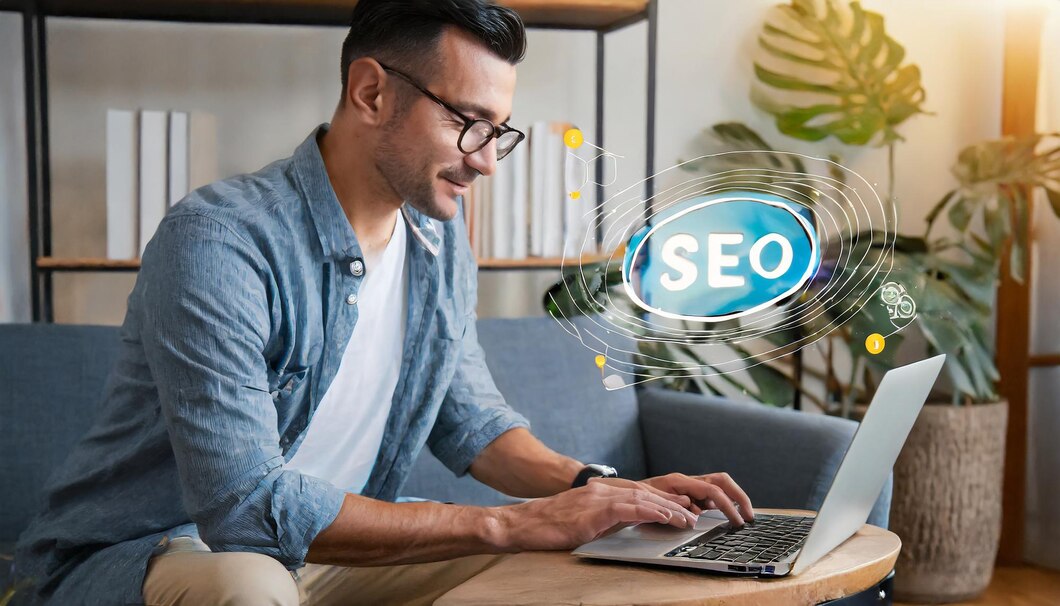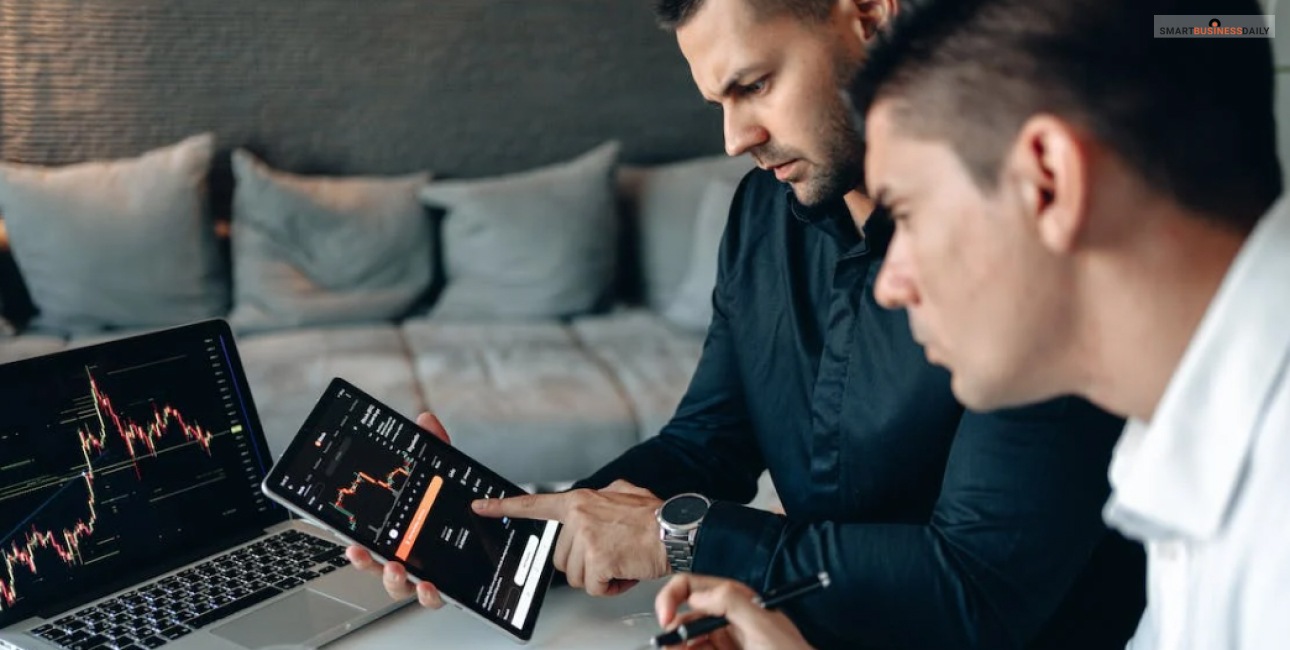10 Creative On-Page SEO Techniques To Boost Traffic
8 Mins Read
Published on: 08 February 2024
Last Updated on: 27 February 2024

toc impalement
On-page SEO refers to optimization techniques implemented directly on a web page to improve rankings and organic traffic.
Unlike off-page SEO tactics such as link building which aim to increase visibility, authority, and relevance in search engine results pages, on-page SEO focuses solely on enhancing individual pages and content to attract search engines and visitors. Proper on-page optimization is crucial for good rankings, so it must be addressed.
While there are many standard on-page SEO best practices, in a competitive landscape, you must get creative to make pages stand out. Tactics like crafting compelling titles, naturally sprinkling keywords and embedding schema markup make a page appealing to search engine bots and human visitors. This drives up click-through rates as well as search visibility.
Here Are The 10 Best On-Page SEO Techniques To Boost Traffic
There are many creative on-page SEO techniques you likely haven’t implemented yet on your website. This article will cover 10 innovative tactics ranging from optimizing media to employing microformats that you can leverage to make pages rank higher and attract more organic traffic.
1. Optimize Title Tags

The title tag, which displays the page name in search engine results, is one of the most important on-page SEO elements. An optimized title should be descriptive and keyword-rich, clearly communicating a page’s topic and relevancy. Ideally, a title will contain your focus keyword early on and be around 50-60 characters so it doesn’t get cut off in SERPs.
While title optimization guidelines exist, there is room for creativity too. Asking intriguing questions like “What is the #1 organic dog food?” or using numbers such as “10 Easy SEO Wins” piques interest. Dynamic titles with changing end-phrases tied to seasons or trends also help refresh content. Whatever title structure you use, aim to inform searchers and entice them to click through while seamlessly incorporating target keywords they are searching for maximum impact.
2. Sprinkle Keywords Naturally
While stuffing pages full of keywords used to be an SEO best practice, search engines now penalize over-optimization. However, seamlessly integrating relevant keywords and phrases remains crucial for on-page SEO. The key is blending terms in naturally so the content flows well and resonates with human readers, not just search bots.
Start by featuring your primary keywords in the title, subtitles, opening paragraph, and image file names. Then sprinkle variations like synonyms, related keywords, and long-tail versions organically throughout the content. For example, a post about hiking boots could reference terms like trekking shoes, trail footwear, outdoor gear, paths, inclines, durability, comfort, ankles, steep terrain, and more. This shows search engines the page’s relevancy to nuanced topic variations.
3. Include ALT Text For Images
The alternative text that appears when hovering over an image or if visuals fail to load plays a significant role in SEO. Like other page content, alt text gives search engines additional keywords and phrases to assess topical relevancy. Craft descriptive alt text that details what each image adds to the accompanying content for maximum impact.
For example, alt text for a hiking boot photo could state, “Close-up shot of durable brown leather hiking boots on a rocky mountain trail in the sunset.” This provides valuable context and keywords like “hiking boots,” “mountain,” “rocky,” etc. Get creative by composing alt text that wittily complements captions or page text around the visual so it adds extra meaning when read separately from the main content flow.
Well-executed alt text boosts image SEO while offering engaging text-based alternatives for those using screen readers or vision assistance tools. For entirely decorative graphics that add no context, leave alt text blank, so search engines ignore them. Descriptive, keyword-rich alt text improves accessibility, SEO, and user experience. Just be sure alt descriptions reflect image contents rather than cramming irrelevant keywords.
4. Optimize Your URL Structure
A well-optimized URL plays a vital role in on-page SEO. Ideal URLs are short, cleanly formatted, and contain relevant keywords that accurately reflect page content. This helps search engines understand the page and serve it for applicable queries.
For example, “www.website.com/hiking-boots/reviews” is an effective URL for a page with hiking boot reviews. In contrast, overly long, convoluted URLs with random strings of numbers and letters confuse search bots. Additionally, URLs stuffed awkwardly with keywords come across as spammy.
When managing large websites, use subdirectories and subdomains to organize related content rather than extremely long URLs. For instance, hiking boot reviews could have the domain “boots.website.com/reviews” while retailer pages reside at “retailers.website.com.” This structure sites more logically.
Follow URL best practices, use dashes to separate words, and work in keywords where possible for better rankings. Just maintain an easy reading flow. Properly optimizing the structure of URLs enhances search visibility while creating simpler navigation pathways for visitors.
5. Use Descriptive Section Headings

The H1 and H2 headlines that structure content also provide valuable real estate for optimizing pages. These headings establish page hierarchy, facilitate reader scanning, and help search bots categorize content. H1 tags, in particular, carry more weight, denoting the main page focus.
When crafting headings, naturally work primary keywords into phrases that adequately describe sections. For example, “The Best Hiking Boots for Rugged Terrain” is an informative H2 that targets “hiking boots” queries. Tips for relieving sore, tired feet after long treks make for engaging H3 tags readers will click on too.
Additionally, headlines written in the form of questions, lists, or how-to directions draw attention. For instance, “How To Clean Hiking Boots To Increase Longevity” piques reader interest. Aim for strong action verbs in headings as well. Structure pages with H tags featuring optimized keywords, but focus first on using descriptive phrasing that captures attention. Scannable headlines that make readers eager to consume content boost SEO and conversion rates.
6. Create Useful Internal Links
Internal links that connect relevant pages within a website play an important SEO role. Linking to related content assists visitors in navigating and consuming more content and passing “link juice” signals to search engines that pages are topically connected. This can give both the linked-to page and source page a rankings boost.
Get creative when linking internally by going beyond just recommending related posts at the end. Organically link relevant keywords throughout the content to pages that provide additional context. For example, a hiking boots review page can link the first mention of “ankle support” to an in-depth guide on ankle braces and stability. These semantic links show engines’ relevancy while directing readers to complementary content they may find useful.
Additionally, link images and captions to image-centric destination pages, use “click here” hyperlinks for call-to-action copy and incorporate links within roundups and lists linking to products, reviews, or informational posts. There are many tasteful ways to interlink content while improving page structures for SEO success effectively.
7. Embed Engaging Videos
Video is a powerful medium for engaging visitors while optimizing pages for better SEO. When embedding videos, descriptive titles and file names allow search engines to index the content and serve pages to interested searchers. Craft compelling video descriptions using related keywords and phrases to make clips more discoverable.
Get creative with videos by producing original films with optimized scripts rather than just integrating third-party clips. Useful tutorial videos that educate viewers on relevant topics help pages rank for how-to queries. Entertaining branded videos also connect with audiences while showcasing expertise.
Optimize video sitemaps so search engines can crawl this dynamic media and insert schema markup to identify clips. Transcribe videos to maximize scripts for indexing as well. With these best practices, embed videos that inform, inspire, or captivate audiences using descriptive meta tags. Compelling videos boost engagement metrics, encourage social shares, and lift pages higher in search rankings thanks to premium indexed content.
8. Feature Social Sharing Buttons
Featuring social media sharing buttons on pages makes it easy for visitors to promote your content across their networks. This can amplify reach and traffic while improving brand visibility.
- Strategically place sharing widgets — after headlines, in sidebars, and below posts. Make them visible without being intrusive.
- Use sharing button plugins that allow viewers to share pages on popular platforms like Facebook, Twitter, LinkedIn, Pinterest, and more with one click.
- Encourage shares by crafting compelling headlines and intros that pique interest. Controversy often increases shares too.
- Promote recent social shares to demonstrate content validity and encourage more shares in a “social proof” effect.
- Incentivize shares via pop-up or fly-in tools offering discounts for promoting posts. Contests for top referrers work too.
The farther your content spreads socially, thanks to built-in amplification tools, the more visibility, traffic, and followers you gain. Optimize sharing ease to turn visitors into brand evangelists extending organic reach exponentially.
9. Add Schema Markup

Schema markup is HTML code that structures data, enhancing how search engines interpret and display page content in SERPs. There are many schema types to improve SEO — Product schema for ecommerce items, FAQ schema for questions and answers, Review schema for testimonials, Video schema for embedded media, and more.
When adding schema, first identify what page elements need enhancement. Use Google’s Structured Data Testing Tool to analyze markup needs. Then insert json-ld script or microdata to enrich these sections. For example, product schema can star rate items, and list prices and sizes while Review schema shares influencer names and quote excerpts.
Get creative by layering complementary schema. A product page could use an Aggregate Rating schema to showcase 4-star customer satisfaction and a Brand schema highlighting company history. Take time styling rich result previews in search too, since compelling snippets boost click-through rates.
Well-executed schema markup improves SEO by generating engaging search snippets that command attention. It also helps featured snippets stand out using page highlights. Thoroughly mark up websites, especially high-value landing pages like service, product, and blog content where you want enriched listings. Consistently implement schema scripts to maintain visibility.
10. Insert Engaging Images
Images make content more visually appealing and easier to digest for readers. When used effectively, they also improve click-through rates from search listings while making pages more likely to be shared socially. That’s why inserting high-quality, relevant images should be part of your content strategy.
Choose eye-catching photos using colors that complement branding. Images should showcase products, infographics, bar graphs, and people relating to topics or concepts symbolizing themes. Ensure any text is large enough to read easily. Descriptive file names and alt text enrich images for SEO.
Getting creative with visuals entails more than just inserting stock photos. Use Canva to make informational graphics and charts pop. Capture dedicated pictures showcasing products or services in action. Local imagery also resonates with audiences. Videos can highlight processes through step-by-step screencasts or employee/customer testimonials too.
Images and media make topics vivid and memorable while breaking up blocks of text. With captions, images become embeddable link opportunities driving site visitors deeper into content. Inviting graphics attracts clicks across channels, so incorporate photographs, illustrations, and videos on every page.
Conclusion
On-page optimization gives pages the best chance of ranking well organically. While there are certain SEO fundamentals to follow, truly effective on-page strategies require creativity and innovation too.
As explored across 10 tactics in this article, many inventive ways exist to structure, format, and enhance website content for maximum discoverability and engagement. Web pages have incredible room for uniqueness, from optimizing media attributes and employing schema markup to asking intriguing questions in titles and interlinking related resources.
Readers crave creativity as much as search bots do. By implementing even just a few of these outside-the-box on-page SEO ideas, you make pages shine in the minds of visitors and search engines alike. This drives more organic traffic, conversions, and growth. Test these techniques on your highest-value pages first, then expand approaches that perform best. With inventive optimization, your content will capture attention across the web.
Read Also:


















Comments Are Closed For This Article